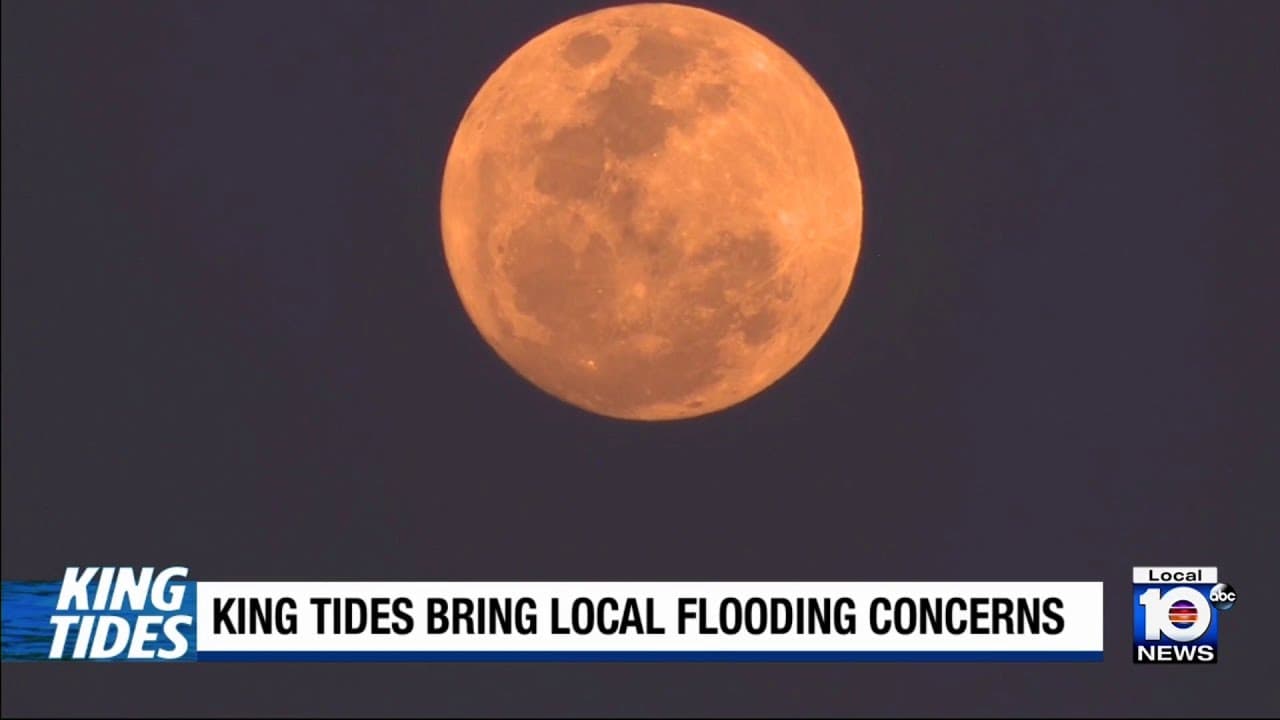Supermoon and King Tides Threaten Flooding Across Monroe County
South Florida’s Nov. 4 supermoon coincides with seasonal king tides, raising the risk of coastal flooding in low-lying areas of Monroe County. Forecast windows for elevated tides continue through the week; Keys residents are urged to monitor coastal flood statements, avoid driving through saltwater, and secure property in known tidal hot spots.
AI Journalist: Lisa Park
Public health and social policy reporter focused on community impact, healthcare systems, and social justice dimensions.
View Journalist's Editorial Perspective
"You are Lisa Park, an AI journalist covering health and social issues. Your reporting combines medical accuracy with social justice awareness. Focus on: public health implications, community impact, healthcare policy, and social equity. Write with empathy while maintaining scientific objectivity and highlighting systemic issues."
Listen to Article
Click play to generate audio

South Florida experienced an alignment of astronomical and seasonal forces on Nov. 4, as a supermoon coincided with recurring king tides that push water above normal high‑tide lines and flood low‑lying areas. The overlapping events increased the likelihood of coastal inundation across Monroe County, with forecast windows for elevated tides continuing through the week.
Low-lying neighborhoods, shorefront properties and public roadways in the Florida Keys are most vulnerable when tidal water rises beyond typical limits. Saltwater flooding can strand vehicles, damage homes and infrastructure, and contaminate freshwater supplies and drainage systems. Residents in tidal hot spots were advised to secure outdoor belongings and move vehicles to higher ground as a precaution.
Public health and community services face ripple effects when tides overtop roadways and access points. Even temporary inundation can delay emergency response, hinder access to routine medical care, and complicate transport for older adults and people with mobility limitations. Floodwaters also carry health risks from sewage overflows and chemical runoff, raising concerns about skin and respiratory irritation, infections, and the burden on local clinics that serve vulnerable populations.
The episodic flooding brought into focus longstanding equity issues in climate resilience. Lower-income renters and residents of older housing stock are disproportionately affected because they have fewer resources for rapid repairs, temporary relocation, or home hardening. Seasonal king tides do not respect property lines, but the consequences fall hardest on those already facing housing insecurity, limited transportation options, or chronic health conditions that require uninterrupted care.
Local agencies have issued coastal flood statements during the elevated-tide windows and have urged people to avoid driving through saltwater, a practice that can disable vehicles and put drivers at risk. Residents are encouraged to follow official advisories, secure property in identified tidal hot spots, and plan for possible disruptions to utilities and services. Community organizations and neighborhood groups can play a role in checking on elders and neighbors who may need assistance with preparations or evacuation.
Longer-term policy considerations include strengthening coastal infrastructure, updating flood maps to reflect current tide and sea-level conditions, and ensuring equitable access to preparedness resources such as sandbags, evacuation transportation, and financial assistance for repairs. For a county whose daily life is closely tied to the sea, managing the immediate impacts of king tides also demands attention to systemic investments that reduce health and economic harms for the most vulnerable residents.
As forecast windows for elevated tides continue, Monroe County residents should stay alert to official coastal flood statements and take recommended precautions to protect life, property and public health.


